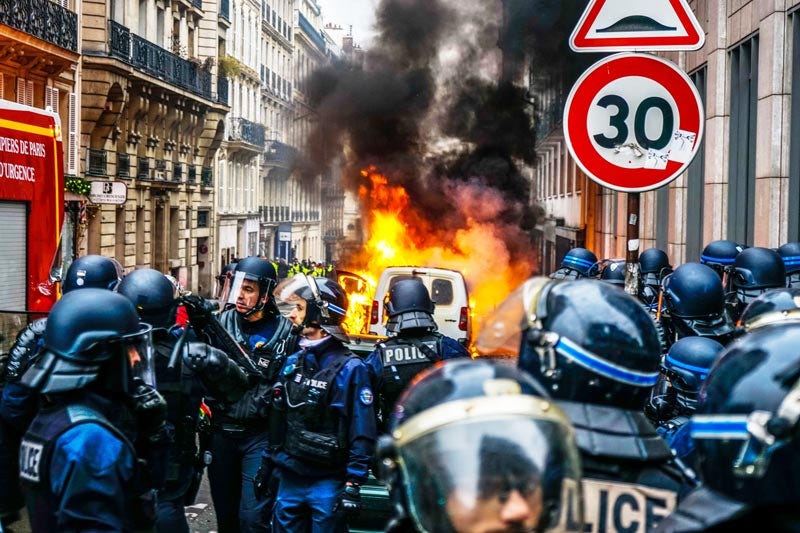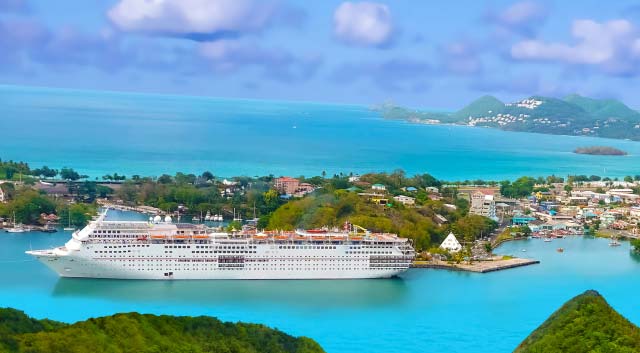Understanding U.S. Department of State Travel Advisories: How They Work and What to Do
If you’re planning an international trip, checking the U.S. Department of State’s Travel Advisory system is a crucial step in planning a safe trip. The State Department uses a four-level system to inform travelers of potential risks, making it easier to decide how to plan and prepare for a trip abroad.
Beyond reviewing these advisories, it’s also a smart idea to invest in travel insurance with assistance services.
In this blog, we’ll explain the State Department’s travel advisories, what each level means, and why travel protection from could come in handy in certain countries.
How to Use Travel Advisories When Trip Planning
First, go to the Travel Advisories website and look up the country or area you are traveling to.
On the next page, you will see all sorts of useful information about your destination, including the Travel Advisory level near the top of the page. Below the level, you can read more about the risk indicators and a summary of the advisory. Clicking “read more” will expand the advisory information with more details, including concerns about specific regions within the country and tips to stay safe if you do travel there.

Understanding and Addressing Risk Indicators
The Department of State’s travel advisories often include specific risk indicators to be aware of during your trip. Here’s how they define those indicators and the letter they use to denote each indicator:
- C – Crime: Widespread violent or organized crime is present in areas of the country. Local law enforcement may have limited ability to respond to serious crimes.
- T – Terrorism: Terrorist attacks have occurred and/or specific threats against civilians, groups, or other targets may exist.
- U – Civil Unrest: Political, economic, religious, and/or ethnic instability exists. It may cause violence, major disruptions, and/or safety risks.
- H – Health: Health risks, including current disease outbreaks or a crisis that disrupts a country’s medical infrastructure, are present. The issuance of a Centers for Disease Control Travel Notice may also be a factor.
- N - Natural Disaster: A natural disaster, or its aftermath, poses danger.
- E - Time-limited Event: Short-term event, such as elections, sporting events, or other incidents that may pose safety risks.
- K – Kidnapping or Hostage Taking: Criminal or terrorist individuals or groups have threatened to and/or have seized or detained and threatened to kill, injure or continue to detain individuals in order to compel a third party (including a governmental organization) to do or abstain from doing something as a condition of release.
- D – Wrongful Detention: The risk of wrongful detention of U.S. nationals exists.
- O – Other: There are potential risks not covered by previous risk indicators.
Our travel protection plans offer coverages to minimize some of these risks. Here’s how we can help based on some common risk indicators:
Crime: Travelers headed to destinations with higher crime rates should consider plans that include coverage for baggage and personal effects, which may help you replace essential items if they’re lost or stolen.
Health and Natural Disasters: For areas with health risks or potential natural disasters, consider a plan with high limits on Medical and Dental coverage and Emergency Assistance & Transportation. Our Premium Plan offers the highest levels of benefits for these types of medical situations.
Terrorism and Civil Unrest: If you’re traveling to a country where there’s a heightened risk of civil disorder or terrorism, our plans include coverages that may help if your trip is impacted. Some limitations apply (A Terrorist Act in the city you’re departing from or in a city you’re scheduled to travel to. The city must not have experienced a terrorist act in the 30 days before you bought travel insurance and the terrorist act must take place within 30 days of your scheduled date of departure).
Also consider signing up for the Smart Traveler Enrollment Program.
How a Travel Protection Plan Can Help
Our travel protection plans include a variety of benefits that may help protect you and your travel investment.
Why Travel Protection Matters
The Department of State Travel Advisories provide essential guidance for travelers, but it’s up to you to take additional steps to help safeguard your trip. Our travel protection plans are designed to help you prepare for unexpected events and navigate challenges around the world. With coverage that spans medical emergencies, trip cancellations, baggage loss, and more, we’re here to help you travel with confidence.
Getting your own travel protection starts with a quick and easy quote.

Where Travel Protection is Available
We offer travel protection for a wide range of destinations, but we’re unable to provide coverage for travel to countries with a Level 4 Travel Advisory designation and Level 3 may be limited depending on the circumstances, where the Department of State suggests Americans should not travel.
We cannot cover trips that include travel to these areas, which includes Level 4 destinations and destinations that currently fall under U.S. financial regulations:
Afghanistan, Belarus, Burkina Faso, Central African Republic, Cuba, Democratic Republic of the Congo, Haiti, Iran, Iraq, Israel, Lebanon, Libya, Mali, Myanmar, North Korea, Somalia, South Sudan, Sudan, Syria, Ukraine, Venezuela, Yemen, the Russian Federation, Crimea, and the Zaporizhzhia, Kherson, Donetsk and Luhansk Peoples regions.
8020672412


